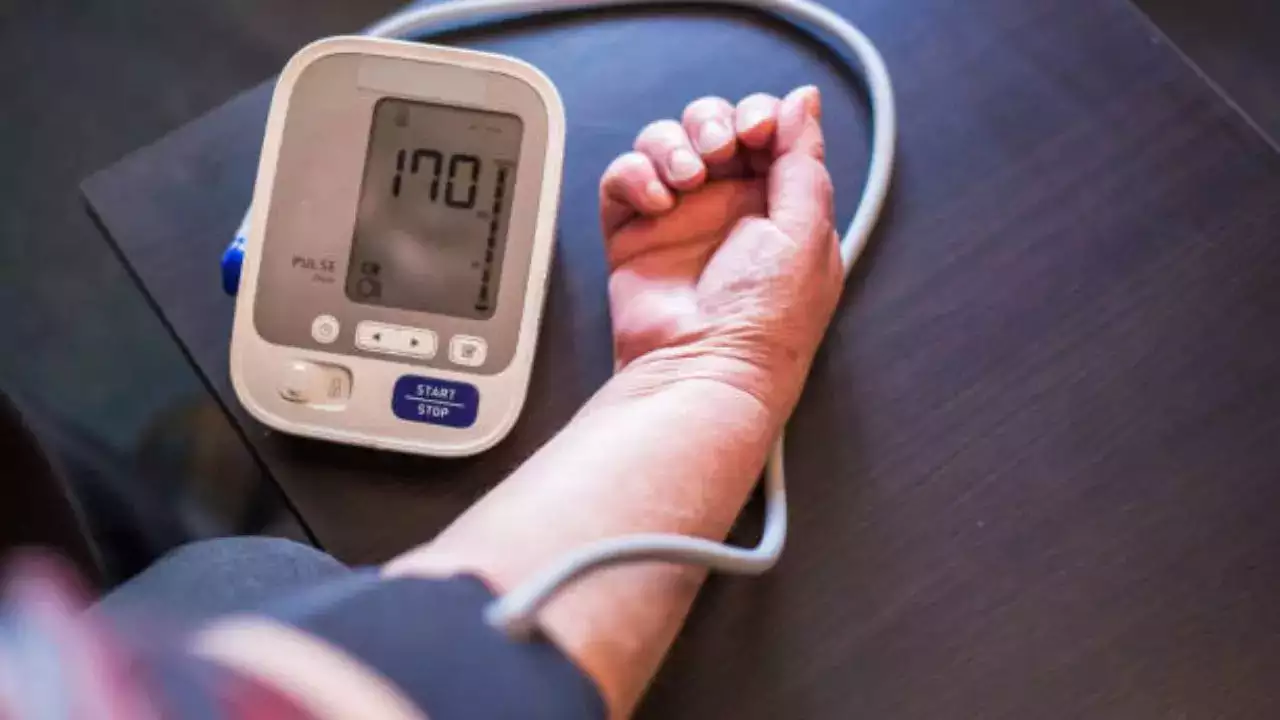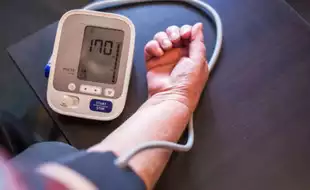
controlling hypertension is critical as it remains the leading global cause of death and disability
The United States Food and Drug Administration, in 2023, approved renal denervation—a catheter-based procedure that ablates the renal sympathetic nerves—as an adjunctive treatment for patients in whom lifestyle modifications and antihypertensive medications do not adequately control blood pressure.
According to experts, controlling hypertension is critical as it remains the leading global cause of death and disability, with more than half of hypertensive individuals failing to meet guideline-directed blood pressure targets.
Doctors say blood pressure normalization is a significant health challenge driven by factors such as patient nonadherence, physician inertia, and complex polypharmacy regimens. And so, renal denervation has emerged as a novel interventional strategy for the management of treatment-resistant hypertension.
How does renal denervation work?
According to the American Heart Association, doctors thread a small catheter or tube through blood vessels to reach the kidneys and then beam in ultrasound or radiofrequency energy. Those pulses pass through the renal arteries to selectively target surrounding nerves, as the entire procedure is super quick and takes only an hour to complete.
Even though it is already in use in many other countries—a key US trial of renal denervation failed about a decade ago—prompting changes before researchers tried again. In November 2023, the FDA approved two catheter systems, from Recor Medical and Medtronic.
While it is not a cure, renal denervation benefits many patients, as studies say on average an 8 to 10-point drop in blood pressure—a modest but important improvement is likely.
The FDA says it deems the procedure safe for carefully chosen patients. Guidance from the American Heart Association urges would-be patients and experienced doctors to have “thoughtful and informed discussions” to decide who’s a good candidate.
What is high blood pressure?
High blood pressure or hypertension is described by two numbers: the top, “systolic” pressure, which forces blood to put on the walls of arteries as it's pumped out of the heart, and the bottom, “diastolic” number, which measures that same pressure but between heartbeats.
Normal is less than 120 over 80. Blood pressure naturally fluctuates throughout the day, higher when you’re physically active or stressed. But when it stays high—consistently 130 over 80 or higher, according to the most recent guidelines—it stiffens arteries and makes the heart work harder.
Other ways to lower blood pressure
Apart from taking medication, there are many lifestyle changes, as recommended by doctors that help lower blood pressure levels. Many guidelines urge you to:
- Lose weight
- Exercise and workout regularly
- Eat more fresh fruits and seasonal vegetables
- Limit the intake of sodium
- Quit smoking and alcohol
- Handle stress through meditation and yoga
According to doctors, you must take medicine once hypertension reaches 140 over 90. The average patient requires two or three drugs, sometimes more, along with healthier living.
Get Latest News Live on Times Now along with Breaking News and Top Headlines from Health and around the world.

